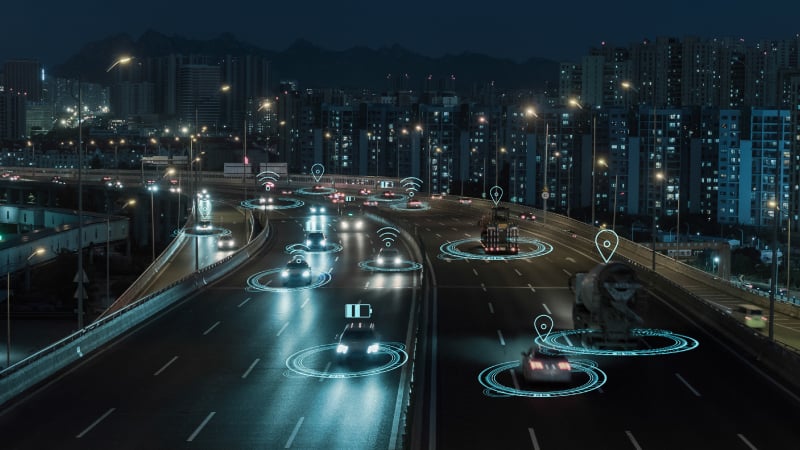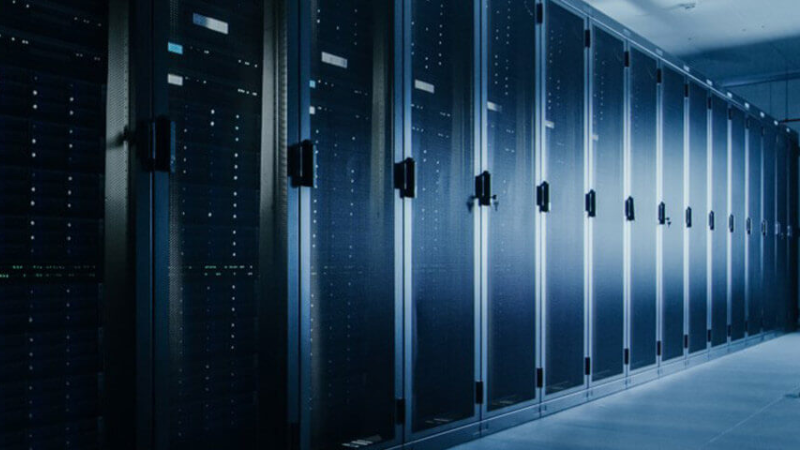When a single rack draws more power than an entire data center did a decade ago, traditional siloed management approaches break down. What happens when power, cooling, and compute start thinking together?
Data center operations are entering an era of unified intelligence across every infrastructure layer. Rack densities exceed 140 kilowatts (kW), and workloads push past legacy designs' thermal and power thresholds. As infrastructures are becoming more complex and interconnected, the stakes for operational failures are higher than ever.
According to the Uptime Institute Global Data Center Survey 2025, one in five significant outages now costs operators more than $1 million, with even moderate incidents growing more expensive (see Figure 1). A persistent shortage of specialized talent adds pressure to manage advanced cooling, high-density racks, and complex power systems.
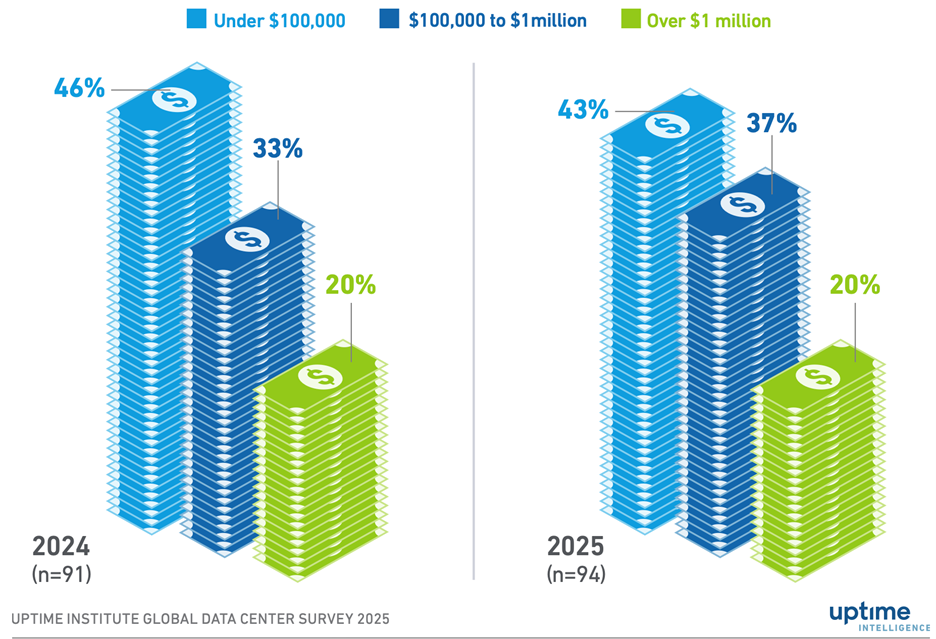
Figure 1. A graph illustrating the estimated total cost of downtime incidents, from outage to full recovery, including direct, opportunity, and reputational costs, based on a survey conducted by Uptime Institute. Source: Uptime Institute
To keep pace, operators are embedding more intelligence and coordination into data center infrastructure management, linking power, cooling, and computing through integrated systems that adapt in real time. They are moving from siloed monitoring and control toward IT/OT convergence to meet demands while advancing energy efficiency in data centers.
Comparing IT and OT
Information technology (IT): systems that process, store, and transmit digital data, such as servers, networks, and enterprise software.
Operational technology (OT): systems that monitor and control physical infrastructure, such as power distribution units, cooling equipment, and building automation systems.
What is IT/OT convergence?
IT/OT convergence refers to integrating digital and physical systems into a unified operational model (see Figure 2). According to the International Society of Automation (ISA), this technology enables organizations to unify data models and control systems across environments. IT/OT convergence aims to improve visibility, automation, and decision-making by fostering collaboration between previously siloed functions.
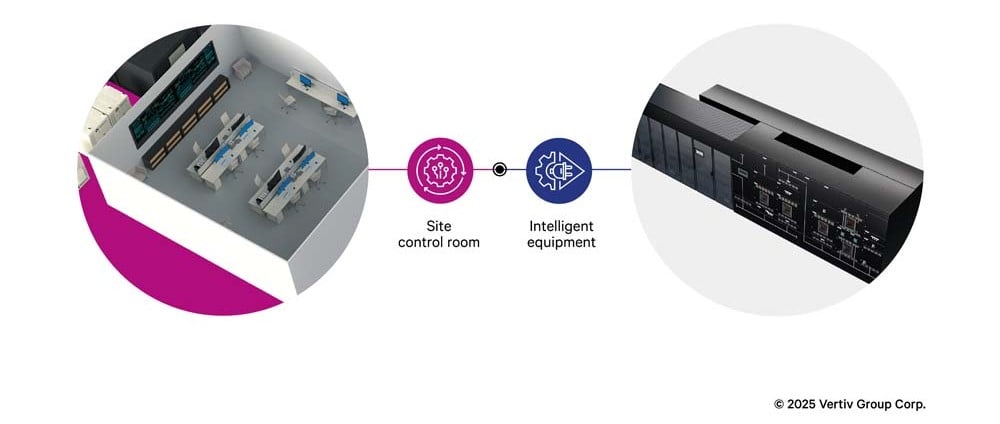
Figure 2. An example of IT/OT convergence in data center operations, highlighting the connection between a site control room and advanced IT infrastructure. Source: Vertiv
Use cases of IT/OT convergence
Building on its core definition, integrated operations are already reshaping real-world data center operations. Operators gain more than visibility by connecting cooling, power, and IT systems through unified platforms. They enable real-time responsiveness and more energy-efficient infrastructure management.
1. AI-controlled data center cooling
Google has developed an AI-driven control system that connects IT workload data with operational cooling infrastructure. Data from thousands of sensors is sent every five minutes to a cloud-based AI, which calculates the ideal cooling adjustments.
These actions are checked against safety limits, including temperature thresholds, humidity limits, and equipment operational ranges, before being carried out by local control systems. If an AI-generated action conflicts with these safety protocols, the control system rejects it, applies conservative cooling setpoints, and alerts operators. This closed-loop setup with built-in redundancy enables real-time cooling adjustments based on live IT loads, reducing cooling energy use by an average of 30% across multiple sites. Given that cooling typically accounts for 30-40% of total data center energy consumption, this represents substantial operational savings.
2. Integrated management for power and thermal systems
Telemetry from uninterruptible power supplies (UPS), power distribution units (PDUs), and cooling systems is aggregated and normalized using open communication protocols like Modbus and Simple network management protocol (SNMP). Operators can monitor and control these systems through a single interface, gaining real-time insights into energy usage, equipment health, and environmental conditions (see Video 1).
Video 1. For example, Vertiv™ Unify, a decentralized automation platform, standardizes processes across sites, helping data center operators scale operations while maintaining consistent performance and reliability.
3. Unified observability for IT and facility systems
Equinix combined network, application, power, and environmental data into a unified observability layer. APIs and integrations with DCIM and asset management platforms consolidate telemetry from both digital and physical systems.
Operators can view this data through centralized dashboards or third-party tools, accelerating the identification of cross-domain issues, such as a cooling fault affecting network performance.
4. Condition-based maintenance for critical infrastructure
Vertiv uses IT/OT convergence to support condition-based maintenance and advanced monitoring. Cloud-based platforms analyze continuous telemetry from facility systems and IT loads to generate health scores and identify performance deviations.
Site staff use these health insights to evaluate asset condition and focus scheduled maintenance on components with detected anomalies, maximizing the value of each service visit (see Figure 3). Operators also use historical performance benchmarks to assess lifecycle trends and inform future capacity planning.
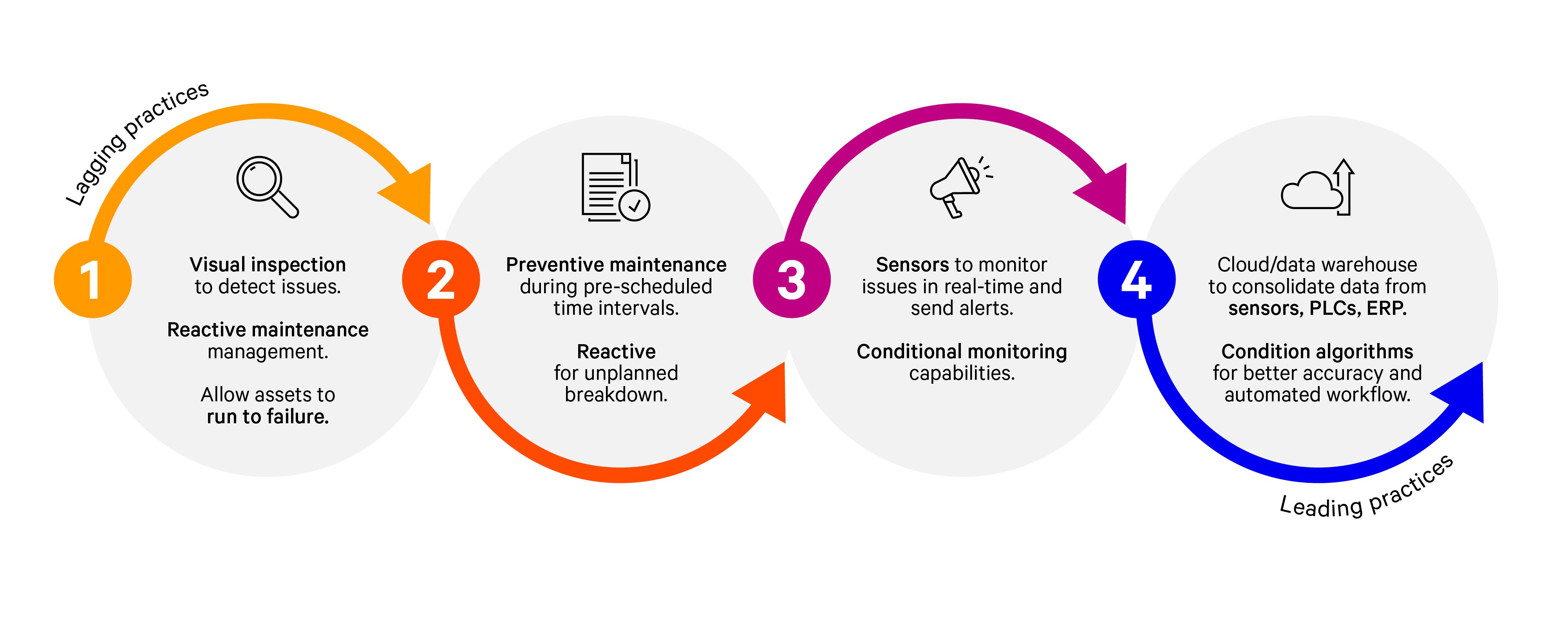
Figure 3. The evolution of maintenance shows that the changes and subsequent combination of lagging, traditional practices and leading ones allow companies to create a maintenance model that optimizes their asset continuous runtime, efficiency, and lifecycles.
Why IT/OT convergence is now core infrastructure
As infrastructure scales and operational pressures intensify, separating IT and operational technology silos creates blind spots and inefficiencies that no longer meet the speed and precision requirements of today’s environments. Bringing them together enables:
- Unified visibility: Seeing power, cooling, and IT data together reveals problems faster and clarifies root causes.
- Faster decisions: Real-time insights from both physical and digital layers speed troubleshooting and planning.
- Predictive reliability: Early detection of irregularities reduces downtime and prolongs equipment life.
- Scalable operations: Standardized processes improve the likelihood of consistent results across multiple locations.
- Energy efficiency: Coordinated load and cooling management reduces energy use while maintaining operational performance within design limits.


